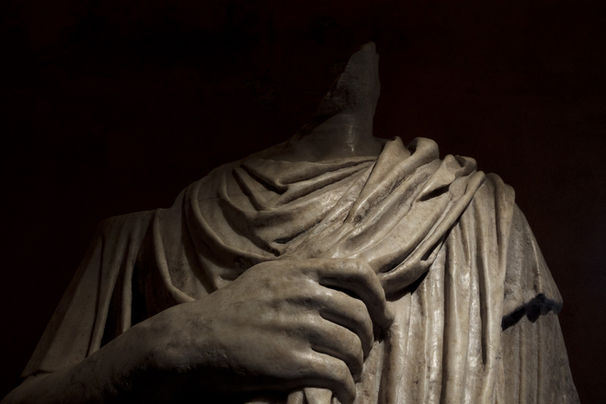works
still Appia
Called by the Romans the regina viarum (queen of the streets), the Appia is universally considered one of the greatest civil engineering works of the ancient world. Built between the end of the 4th and 3rd centuries BC, it still crosses an important part of southern Italy, involving the territory of ninety municipalities and four regions (Lazio, Campania, Basilicata, Puglia).
In September 2021 I left Rome on foot to cover the entire route up to Brindisi. A 630-kilometer journey that I completed in about a month. I told my journey on the social channels Facebook and Instagram with daily posts, read each time by thousands of people (up to almost 30 thousand per single post). The journey ended on 24 October, with a dip in the sea of the port of Brindisi and then a conference attended by the mayor of the city.
During the trip I wanted to look closely at the contradictory relationship that exists today, in this part of the South, between the echo of past glory (Romanism with its monuments, the accounts of classical authors) and the dynamics of contemporary society. Walking on foot - a million steps along the Appian Way! - induces, almost obliges, a reflection on our way of inhabiting the landscape and on current forms of tourism development.
Now my journey is a Ministry of Culture's exhibition, titled "Still Appia", on the iniziative of the Appia Antica archaeological park.
After being exhibited for more than six months in Rome, the exhibition can now be visited in Venosa at the Aragonese Castle.
release
STILL APPIA, Gangemi Editore, Roma 2022
press review
AVVENIRE
CORRIERE DELLA SERA
RADIO3 SUITE
ARTE.IT
OGGIROMA.IT
SUCCEDEOGGI
ARTEMAGAZINE
ARSITY
PANZOO.IT
SGUARDOADEST
GRAVINALIFE
PAESIONLINE
SENZACOLONNENEWS
OSSERVATORE ROMANO
RAI - L'ITALIA CON VOI







